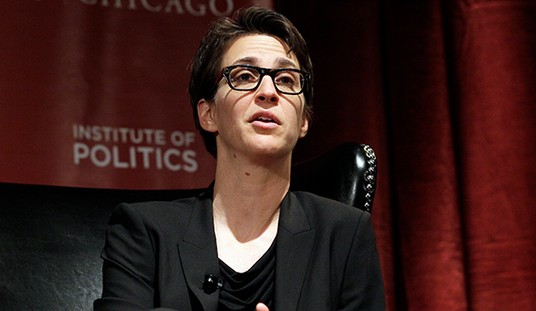Party affiliation shifted only slightly in 2012, a new poll by Gallup finds, both in terms of absolute affiliation and in leaners. Democrats re-established their lead over Republicans in both measures, but not as significantly as after the 2008 election. Independents continued to hold a historical lead over both parties in absolute terms:
An average of 47% of Americans identified as Democrats or said they were independents who leaned Democratic in 2012, compared with 42% who identified as or leaned Republican. That re-establishes a Democratic edge in party affiliation after the two parties were essentially tied in 2010 and 2011. …
In 2012, 31% of Americans identified as Democrats, with an additional 16% initially saying they were independent but when asked if they leaned toward either party, they said Democratic. Meanwhile, 28% of Americans identified as Republicans, with another 14% leaning toward the GOP.
That’s not particularly good news for either party, however. While Republican leaners dropped four points, respondents identifying as Republicans increased by a single point from 2011, while those identifying as Democrats stayed even. The real advantage is in unaffiliated voters — and that option is more popular than it has been in 25 years of polling:
Americans last year continued their trend toward greater political independence. The 40% who initially identified as political independents matched the record high from 2011. That is particularly notable, given that the usual pattern is for the percentage of Americans identifying as independents to decline in a presidential election year. In each of the last four presidential election years, dating back to 1996, the percentage of independents was lower than in the year prior to the election.
Gallup’s chart shows the status quo quite clearly:
This result seems a bit surprising, given the results of the election. One would have expected a swell of support for Obama to have been reflected in self-identification, as happened in 2008 (and in 2006 after the midterms, when Democrats regained the advantage over Republicans). That phenomenon didn’t take place, although it still could manifest itself in 2013, depending on the result of policy battles in Washington. This was a status-quo election, and it took place in a status-quo electorate.









Join the conversation as a VIP Member